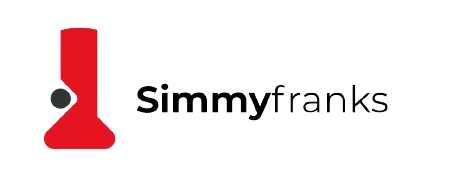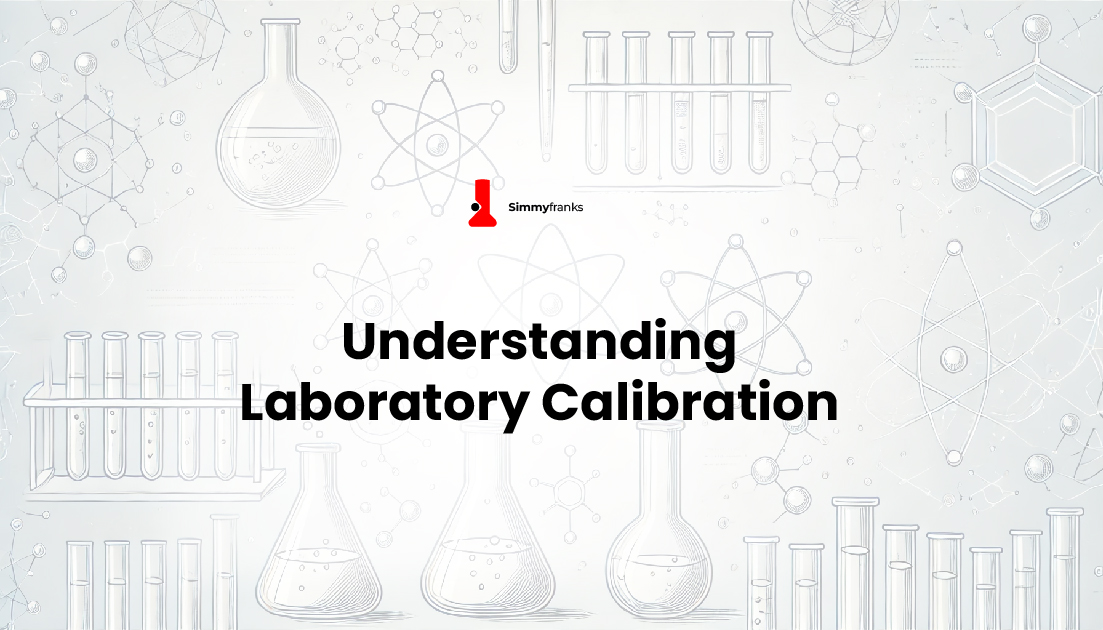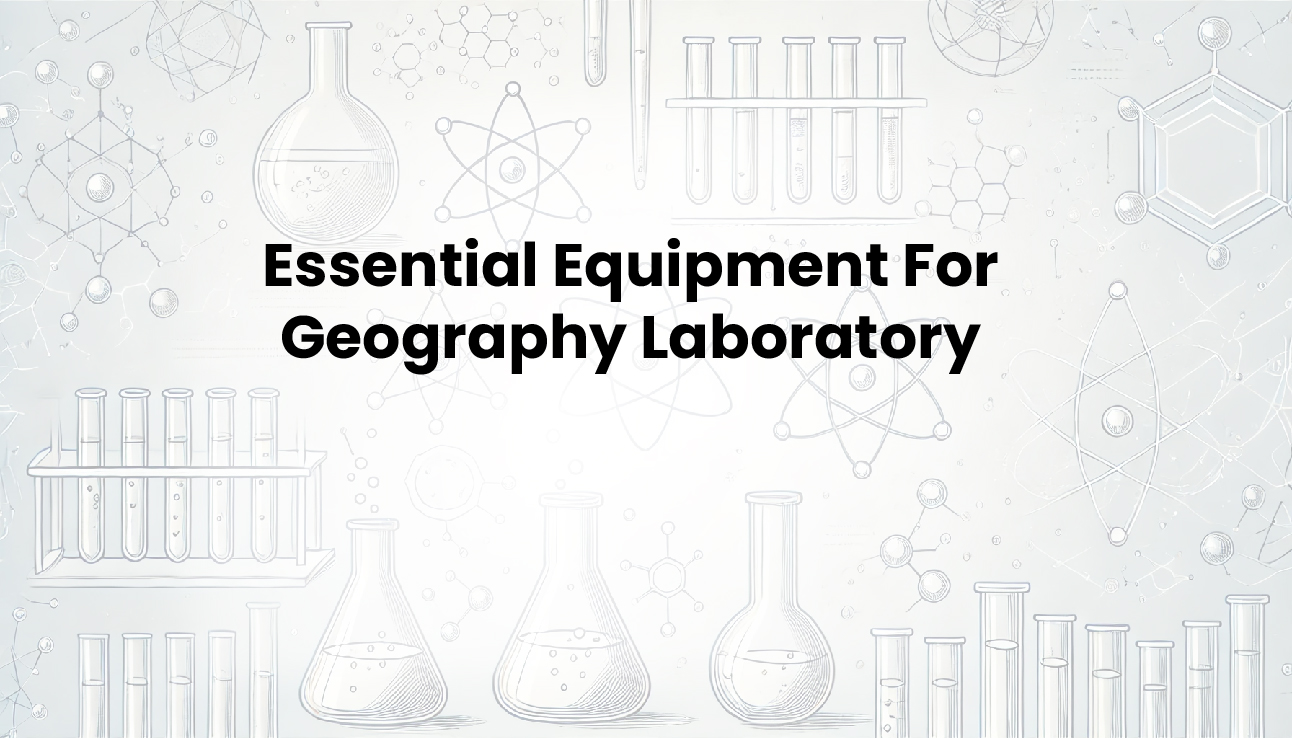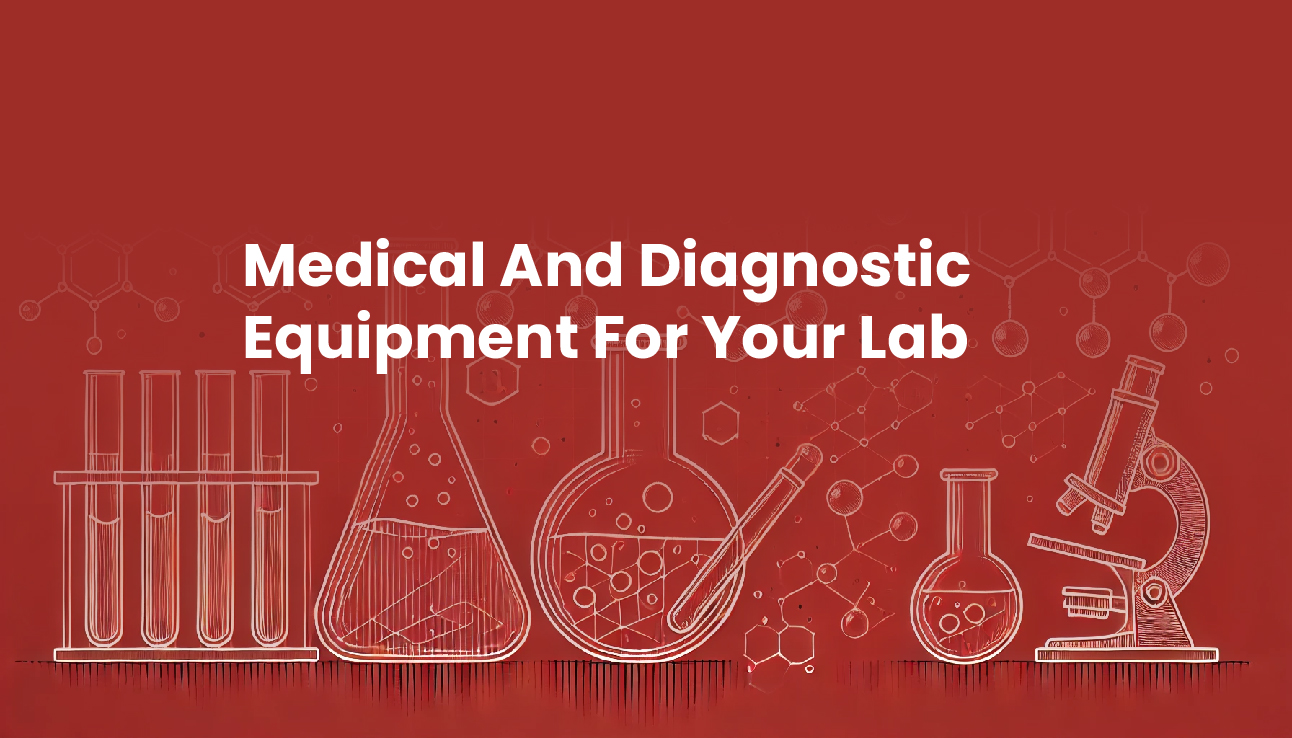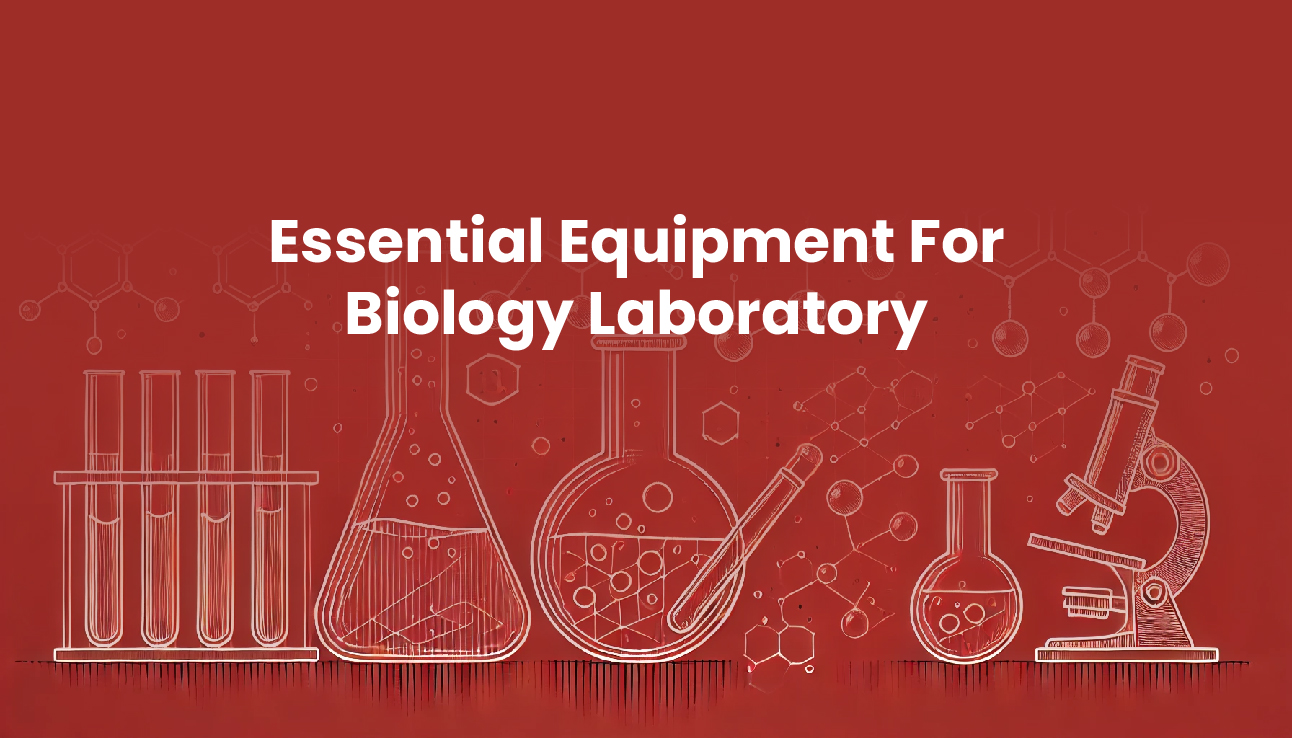Secondary school science classes are an essential part of a student’s education as they provide hands-on experience and practical knowledge in various scientific disciplines. To conduct experiments and demonstrations effectively, schools must have a well-equipped science laboratory. In this article, we will be analyzing essential laboratory equipment for secondary school science laboratories and their uses.
Commonly Used Science Equipment for Secondary Schools
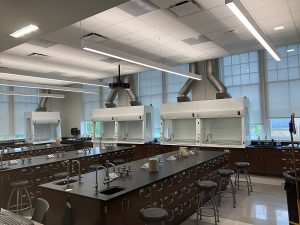
1. Microscopes:
In the biology laboratory, students use microscopes to view all types of cells including plant cells, animal cells, protozoa, algae, fungi, and bacteria. In the chemistry laboratory, a light microscope is used as a tool for solving a wide variety of contamination, particle identification, and material analysis problems. Proper usage and regular maintenance of the microscope is very crucial as this helps to enhance efficiency and accuracy as well as elongate the lifespan of the microscope.
2. Bunsen burner:
In the chemistry laboratory, the Bunsen burner is used to heat substances, to combust substances, and to sterilize objects in high heat. When a Bunsen burner is used in the laboratory there are safety precautions the students must adhere to prevent laboratory accidents and hazards.
These precautions include:
- Always inspect the Bunsen burner tubing and gas valve before use.
- Students with long hair are advised to tie back their hair.
- Never leave a lit Bunsen burner unattended.
- Students should not wear flay long sleeves to avoid setting themselves on fire.
- On no condition should s student leave a Bunsen burner lit when not in use as this could lead to fire outbreak.
3. Beakers and test tubes:
In the chemistry laboratory, beakers and test tubes are indispensable for tasks such as mixing, measuring, heating, and storing liquid.
Beaker categories:
There are four main types of beakers, and their shape categorize them
- The standard beakers known as Griffin beakers are lower beakers and their height is about 40% of its diameter. They are used for measuring, mixing, containment, and decanting liquids.
- The taller beaker is known as the Berzelius beaker. They are thin, and their height is double their diameter. They are used for titration experiments.
- The third type of beaker is called a crystallizer which typically has no measuring marks
- The fourth type is called a Phillips beaker. While the Phillips beaker might seem like a Griffin beaker with closer examination you will see that the walls of the Phillips are sloping and graduated toward the mouth of a beaker, so the mouth of the beaker is much narrower than its base. It is used for holding, measuring, and mixing liquids.
Test tube categories:
Test tubes are classed according to a variety of factors including size, material, and application.
Based on size:
- Microcentrifuge tubes
- Small test tubes
- Medium test tubes
- Large test tubes
- Macro test tubes
Based on materials:
- Glass test tubes
- Plastic test tubes
- Quartz or borosilicate glass tubes
- Silicon-coated tubes
- Cryo tubes
- Gas collector tubes
- Light-sensitive tubes
Based on application:
- Reaction tubes
- Storage tubes
- Sample tubes
- Measuring tubes
- Heat tubes
- Freezing tubes
- Centrifugal tubes
4. Thermometer:
A laboratory thermometer is used to measure the boiling point and freezing point during science experiments. The thermometer is used in both physics and chemistry laboratories. As you should know thermometer is a cylinder glass tubing so should be handled to avoid breakage.
Specialized Science Equipment
1. Spectrophotometers:
The spectrophotometer can be used as a useful tool for conducting experiments and studying the properties of light and matter. Proper handling is important when using the spectrophotometer as it ensures accuracy in readings and prevents damaging equipment.
2. pH meter:
The pH meter measures the acidity or alkalinity of a solution. It is crucial to pay attention to details and procedures when working with the pH meter to ensure accurate readings in your experiments.
3. Data loggers:
Data loggers contain built-in sensors such as the temperature of sound sensors. The sensors can be programmed to capture different amounts of external information for varying amounts of time. Data loggers are used extensively in schools across the world, data loggers help students keep accurate readings and records of the experiments.
Important of Laboratory Equipment Proper Maintenance and Care
- Regular cleaning and calibration of equipment ensure accuracy in experimental results.
- Proper storage and handling prevent damage and promote longevity of the lifespan of the equipment.
- Following safety guidelines when using equipment prevents accidents in the laboratory.
Get Your Laboratory Equipment From SimmyFranks
Are you looking for high-quality laboratory equipment for your scientific or educational needs?
Look no further than SimmyFranks. At SimmyFranks we offer a wide range of high-quality laboratory equipment sourced from reputable manufacturers and sold at competitive prices.
Visit SimmyFranks today or contact us to place your orders or learn more about our laboratory equipment and services.
Secondary School Science Equipment List and Uses: FAQ
1. What are some common science equipment used in secondary school labs?
Some common science equipment used in secondary school labs include beakers, test tubes, graduated cylinders, pipettes, Bunsen burners, microscopes, and balances.
2. What is the purpose of a beaker?
A beaker is a cylindrical container with a flat bottom used for holding and measuring liquids. It is commonly used for mixing, heating, and storing liquids in science experiments.
3. What is the purpose of a test tube?
A test tube is a small, cylindrical container used for holding small amounts of liquids or solids. It is commonly used for conducting chemical reactions, heating substances, and observing reactions.
4. What is the purpose of a graduated cylinder?
A graduated cylinder is a tall, narrow container used for measuring the volume of liquids. It is commonly used for accurately measuring and transferring liquids in science experiments.
5. What is the purpose of a pipette?
A pipette is a small, narrow tube used for transferring small amounts of liquids. It is commonly used for accurately measuring and transferring liquids in science experiments.
6. What is the purpose of a Bunsen burner?
A Bunsen burner is a gas burner used for heating substances in science experiments. It is commonly used for heating test tubes, beakers, and other containers to facilitate chemical reactions.
7. What is the purpose of a microscope?
A microscope is a device used for magnifying and observing small objects that are not visible to the naked eye. It is commonly used for studying cells, microorganisms, and other small structures in biology and chemistry experiments.
8. What is the purpose of a balance?
A balance is a device used for measuring the mass of objects. It is commonly used for accurately measuring the mass of solids and liquids in science experiments.
9. How should I care for and maintain my science equipment?
To ensure the longevity and accuracy of your science equipment, it is important to clean and store them properly after each use. Beakers, test tubes, and graduated cylinders should be washed with soap and water, while microscopes and balances should be wiped down with a clean cloth. Bunsen burners should be turned off and allowed to cool before storing
Editor’s Recommendations
- Essential Primary School Science Equipment: A Comprehensive List and Guide
- Guide to Science and Medical Lab Equipment Installation
- Everything You Need To Know About Hydrometers and Where To Find One In Port Harcourt
- Where To Get Hydrometers In Nigeria
- Laboratory Equipment Purchase Requirements In Nigeria

